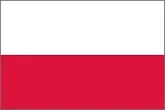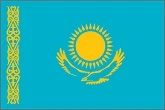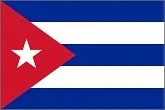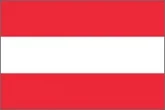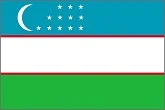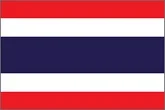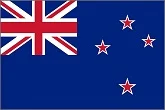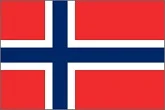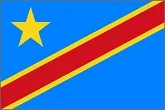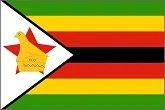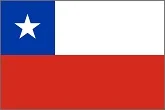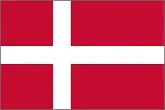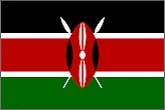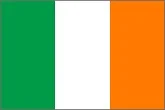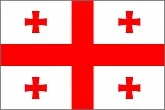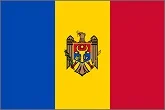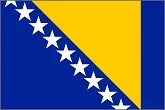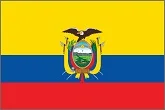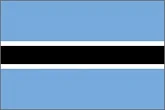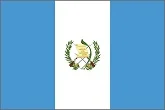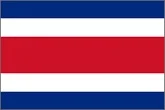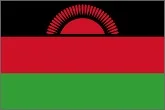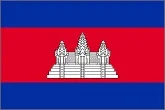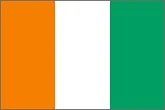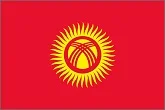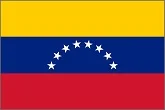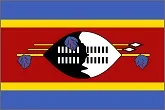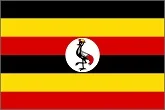Railways length. Data by Countries from 1995 to 2022
List
Visualization
|
Definition
Rail lines are the length of railway route available for train service, irrespective of the number of parallel tracks. It includes railway routes that are open for public passenger and freight servies and excludes dedicated private resource railways.
The length of railway lines worked is obtained by taking these sections including main-line track listed in the Capital Expenditure Account. Sections not worked are deducted only in cases where they are permanently out of use, that is, if they are no longer maintained in working order. Lines temporarily out of use continue to form part of the length of lines worked. The length of a section is measured in the middle of the section, from center to the center of the passenger buildings, or of the corresponding service buildings, of stations which are shown as independent points of departure or arrival for the conveyance of passengers or freight. If the boundary of the rail network falls in open track, the length of the section is measured up to that point. The section situated between a station approach and the join to the main line of two lines or more which is used by all trains in either direction over these lines, is only counted once. However, if for one or more of these lines, tracks are normally allocated, the length of these lines is counted separately. If between two stations there are one or more parallel tracks (siding-lines) to the main line, only the length of the latter is counted. In the case of regular lines worked exclusively during part of the year (seasonal lines), their length is included in the end-of-year statement (Var 1112: Total length of lines worked at the end of the year in the Railisa database).
Total: 987 361 route-km
Countries: 118
Primary data
Change
from
to
In miles
Transport provision of the territory (per 1 thousand km²)
Flag
route-km
Treemap
Map
Piechart
Racechart
1995 - Last available year | All world | Average
Last year | All world | By country | Count | Average
Last year | All world | By country | Count | Average
Last year | All world | By country | Count | Average
1995 - Last available year | All world | By country | Count
Definition and methodology
Rail lines are the length of railway route available for train service, irrespective of the number of parallel tracks. It includes railway routes that are open for public passenger and freight servies and excludes dedicated private resource railways.
The length of railway lines worked is obtained by taking these sections including main-line track listed in the Capital Expenditure Account. Sections not worked are deducted only in cases where they are permanently out of use, that is, if they are no longer maintained in working order. Lines temporarily out of use continue to form part of the length of lines worked. The length of a section is measured in the middle of the section, from center to the center of the passenger buildings, or of the corresponding service buildings, of stations which are shown as independent points of departure or arrival for the conveyance of passengers or freight. If the boundary of the rail network falls in open track, the length of the section is measured up to that point. The section situated between a station approach and the join to the main line of two lines or more which is used by all trains in either direction over these lines, is only counted once. However, if for one or more of these lines, tracks are normally allocated, the length of these lines is counted separately. If between two stations there are one or more parallel tracks (siding-lines) to the main line, only the length of the latter is counted. In the case of regular lines worked exclusively during part of the year (seasonal lines), their length is included in the end-of-year statement (Var 1112: Total length of lines worked at the end of the year in the Railisa database).













